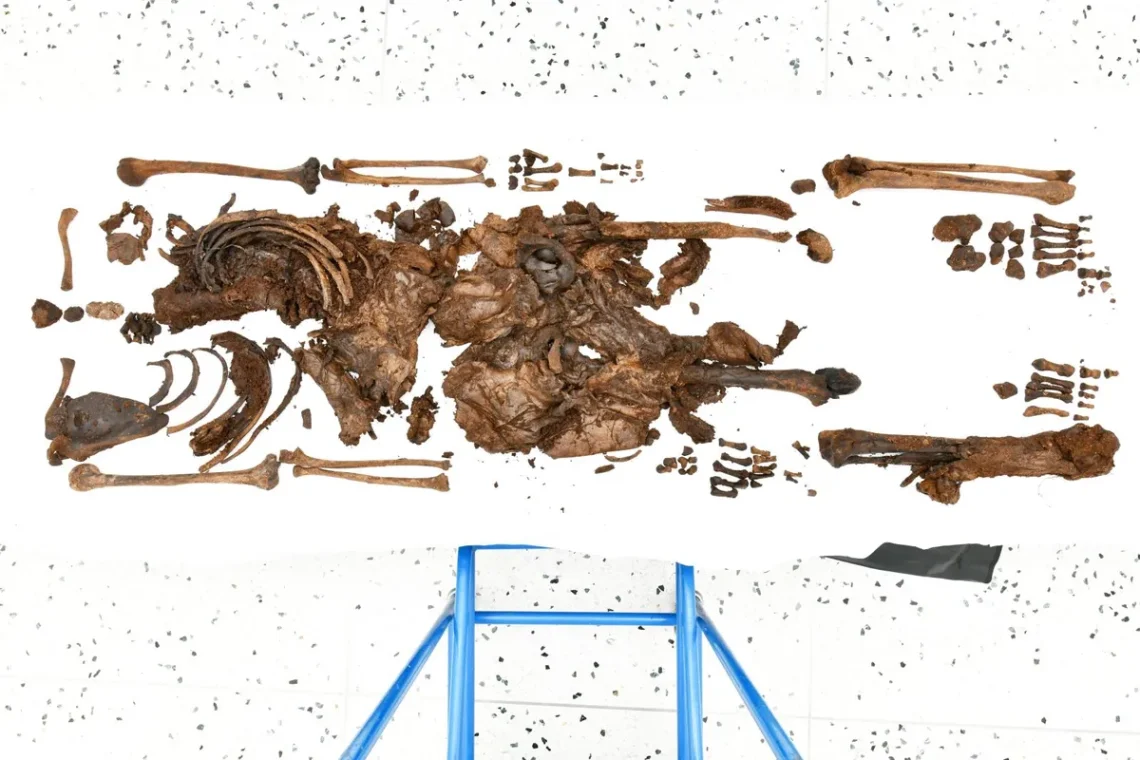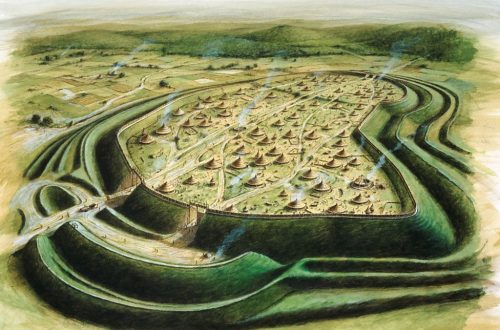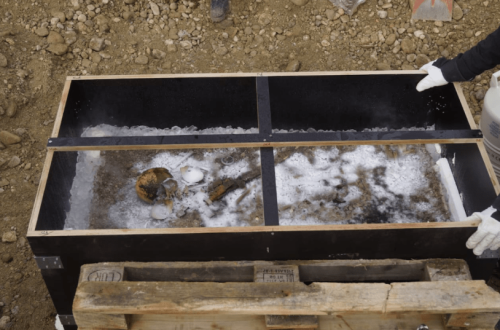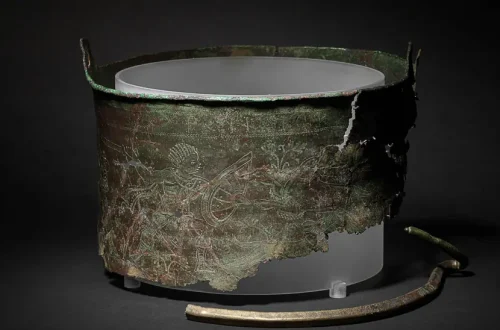The Ballymacombs More Woman, a bog body discovered in Northern Ireland’s peatlands in 2023 near Bellaghy, was unearthed, and these 2,000-year-old remains of a young woman indicate a violent end, possibly indicating ritual sacrifice.
In the marshy expanse of Ballymacombs More, workers re-grading the road on the peatland outside the village of Bellaghy stumbled upon a grim relic: human remains, remarkably intact after two thousand years. The waterlogged, acidic bog had tanned her skin to leather, preserving bones, hair, and soft tissue in a natural time capsule. Radiocarbon dating, conducted by archaeologists from Queen’s University Belfast, places her life between 200 BCE and 50 CE, during Ireland’s Iron Age, a time of Celtic tribes and Druidic rites.

The woman, estimated to be between 20 and 30 years old, stood about 5 feet tall. Her remains, including a near-complete skull, offer a rare glimpse into a distant era. Unlike many bog bodies, she was found with personal items—a bone pin and traces of textiles—hinting at her status or role. Yet, it’s the evidence of her death that grips the imagination, pointing to a fate far from peaceful.
Examination of the Ballymacombs More Woman revealed chilling details. Her skull bore a blunt-force fracture, likely from a heavy blow, and cut marks on her neck suggest a blade’s work, possibly a ritual killing. Her ribs showed signs of healed injuries, indicating a life marked by hardship or violence. These wounds, detailed in a 2023 report by the Police Service of Northern Ireland’s Archaeological Unit, paint a picture of deliberate, brutal death.
Archaeologists propose she may have been a victim of ritual sacrifice, a practice documented among Iron Age Celts. Ancient texts, such as those of the Roman historian Tacitus, describe Celtic offerings to gods in bogs, where water was a sacred threshold to the divine. The bog’s preservation, coupled with her injuries, supports this theory: she may have been chosen to appease deities, her life exchanged for cosmic favour. Yet, murder or execution remains possible, as bogs also served as execution sites for outcasts or prisoners.
The Ballymacombs More Woman opens a window into Iron Age Ireland, a world of hillforts, ring forts, and spiritual landscapes. The Celts revered bogs as liminal spaces, where earth and water blended, and they hosted offerings such as gold torcs and weapons. Her discovery joins other bog bodies, like Ireland’s Clonycavan Man, whose ritual deaths suggest a culture steeped in sacrifice and symbolism.
Her personal items—a bone pin, perhaps fastening a cloak—hint at daily life, while the bog’s location near Bellaghy, a historically significant area, ties her to a community. Was she a revered figure, a scapegoat, or a captive? Without written records, her story remains speculative, but her remains anchor us to a past where faith and violence intertwined.
What do you make of her grisly fate? Share your thoughts in our forum.






